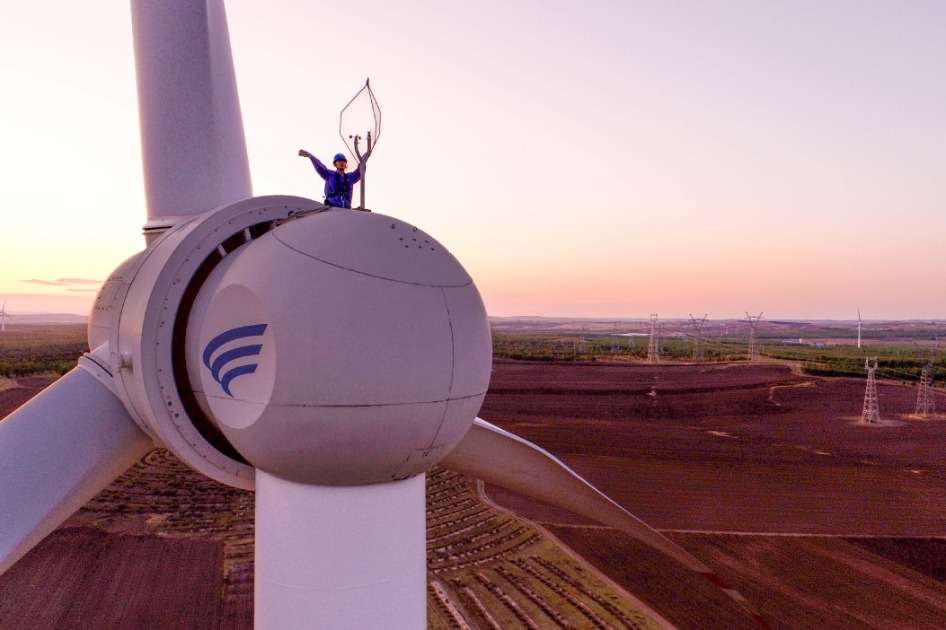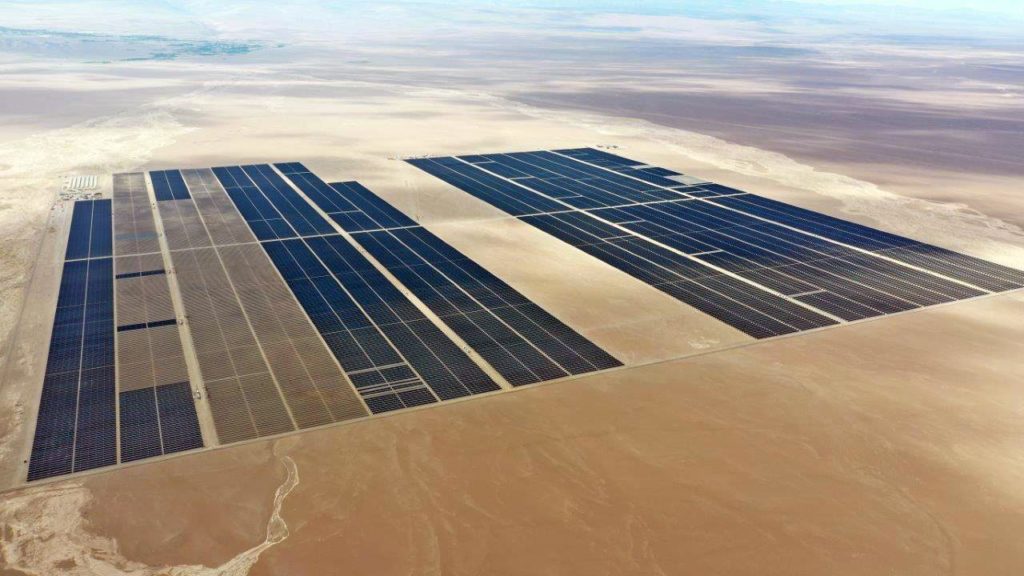Rapid Expansion in Solar Energy and Energy Storage Market
China’s energy storage capacity is set to grow, driven by advancements in the renewable energy industry, innovative technologies, and ambitious government policies aimed at sustainable development. Experts highlight the country’s significant progress in the first quarter of 2024. Installed new-type energy storage capacity reached 35.3 gigawatts by the end of March, a 2.1-fold increase year-on-year, according to the National Energy Administration (NEA).
Investments and Technological Advancements
China has become a leader in renewable energy adoption, focusing on enhancing its energy storage capabilities. The rising demand for energy storage solutions, essential for integrating intermittent renewable energy sources like wind and solar into the power grid, has spurred investments in energy storage projects nationwide.
New energy storage technologies, such as lithium-ion batteries, liquid flow batteries, compressed air, and mechanical energy storage, form the foundation of China’s new power system. These technologies offer quick response times, flexible configurations, and short construction periods.
Government Policies and Market Trends
The Chinese government’s proactive promotion of clean energy has been pivotal in this boom. Initiatives like subsidies for renewable energy projects and incentives for energy storage deployment have created a favorable environment for rapid growth in the energy storage sector. This momentum is expected to continue, with China likely to dominate the global energy storage market in the coming years.
Lyu Pan, deputy head of the Research Institute of Economics and Technology under the State Grid Xinjiang Electric Power Co., stated that the new energy storage sector is not only meeting domestic energy demands but also paving the way for a greener global energy landscape. By 2030, the electricity shortfall in Northwest China’s Xinjiang Uygur Autonomous Region is expected to exceed 8 million kilowatts, making new energy storage essential for supporting the power grid.
Regional Developments and Future Projections
The northwestern regions of China have seen the fastest development of new-type energy storage facilities, with 10.3 GW installed and operational by the end of March. By the end of 2023, Northwest China had 222 GW of wind and solar capacity and over 10 GW of battery storage projects, accounting for 29.2 percent of the country’s total capacity.
Developing energy storage is crucial for China’s transition from fossil fuels to renewable energy, mitigating the effects of new energy’s intermittence on the grid, and managing power supply and demand. Senior analyst Deng Simeng from Rystad Energy emphasized the importance of integrating renewable capacity and optimizing power output in Northwest China’s grid system.
China’s installed power generation capacity surged 14.5 percent year-on-year to 2.99 billion kW by the end of March. Solar power capacity increased by 55 percent to 660 million kW, and wind power rose 21.5 percent to about 460 million kW, according to the NEA. Battery storage, with its smaller devices, flexible sites, and shorter construction periods, is gaining significant attention for its pivotal role in renewable power consumption.
Key Investments and Future Goals
Major power generation enterprises in China have increased their investments in power projects, totaling 136.5 billion yuan ($18.84 billion) in the first three months of the year, up 7.7 percent year-on-year. Power grid project investments amounted to 76.6 billion yuan, up 14.7 percent year-on-year.
Zhongchu Guoneng (Beijing) Technology Co. Ltd and the Institute of Engineering Thermophysics under the Chinese Academy of Sciences have developed the world’s largest compressed air energy storage power station. With a total investment of 1.496 billion yuan, the 300 MW power station in Shandong province can continuously discharge for six hours and generate approximately 600 million kWh per year.
Battery storage, offering peak shaving, frequency regulation, fast response, and flexible dispatch, supports wind and solar farms on the generation side and assists grid-side and user-side operations. Accelerating the development of new-type energy storage will be crucial for mitigating renewable curtailment and enabling a more resilient power grid.
China aims to advance its new energy storage capacity from initial commercialization to large-scale development by 2025, with an installed capacity of over 30 million kW, and achieve full market-oriented development by 2030. Provinces nationwide are stepping up efforts to construct energy storage facilities to consume volatile green energy and maintain grid stability.
The NEA continues to encourage technological innovation to support the development of the new-type energy system. Since the beginning of the year, the government has released a list of 56 new-type energy storage pilot demonstration projects, including lithium-ion battery and compressed air energy storage projects. China’s emerging energy storage powerhouse is not only transforming its domestic energy landscape but also contributing to a more sustainable and resilient global energy market.
Source:chinadaily.com.cn





